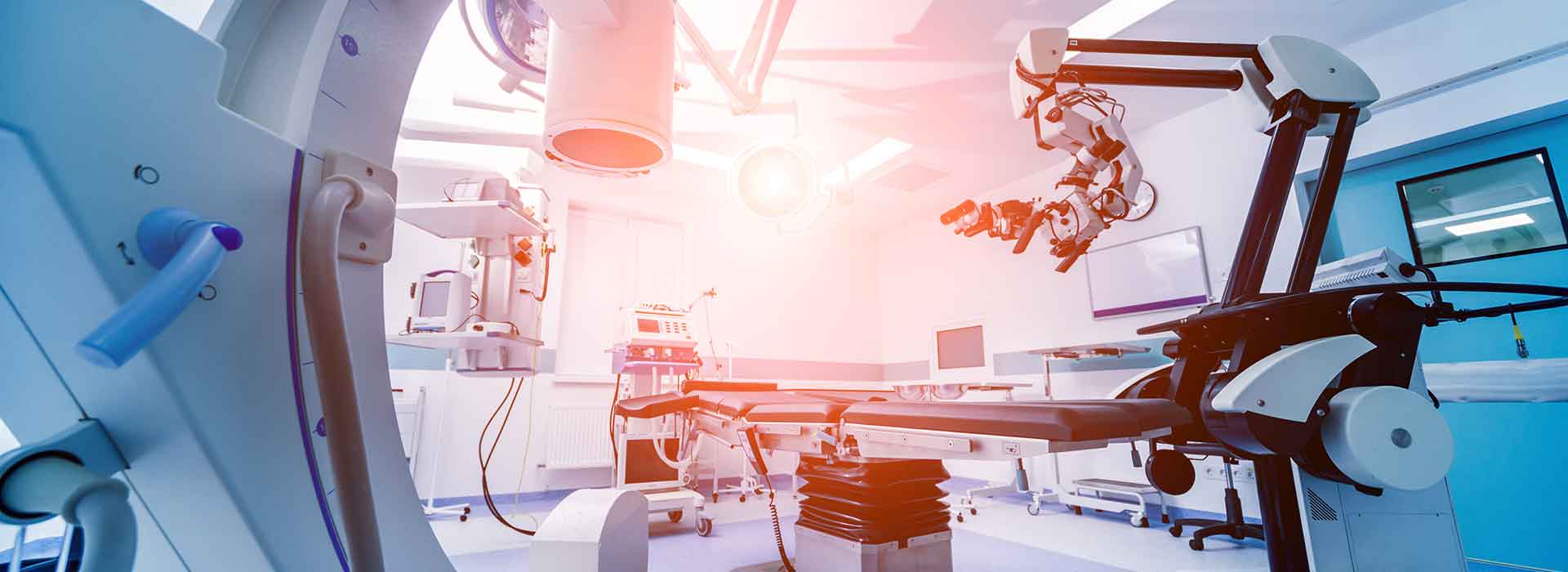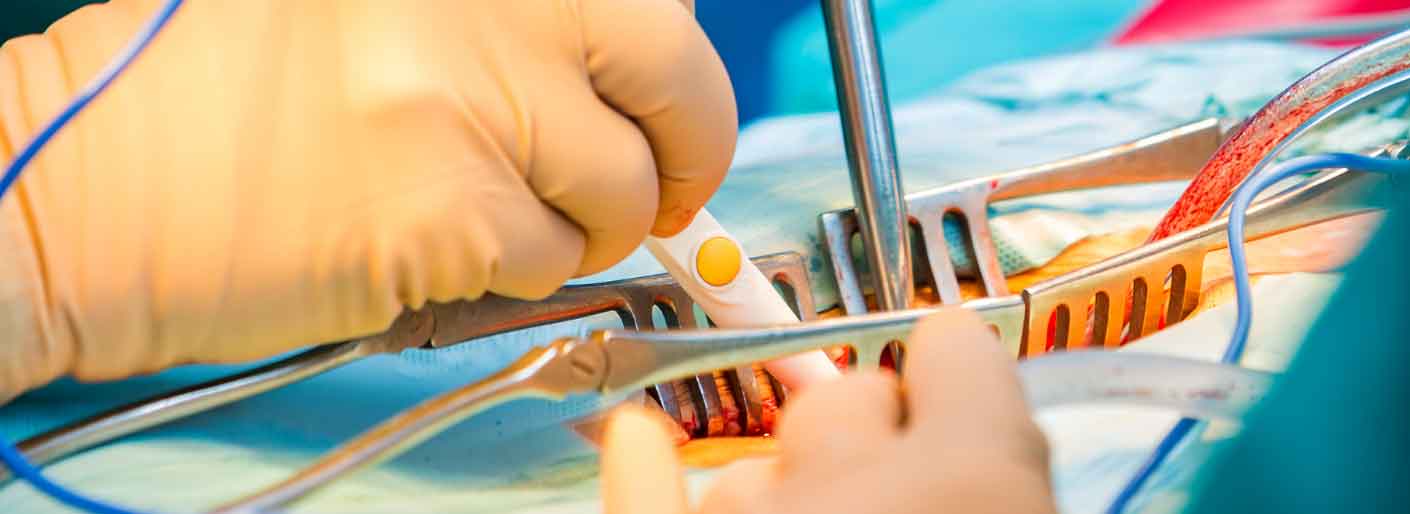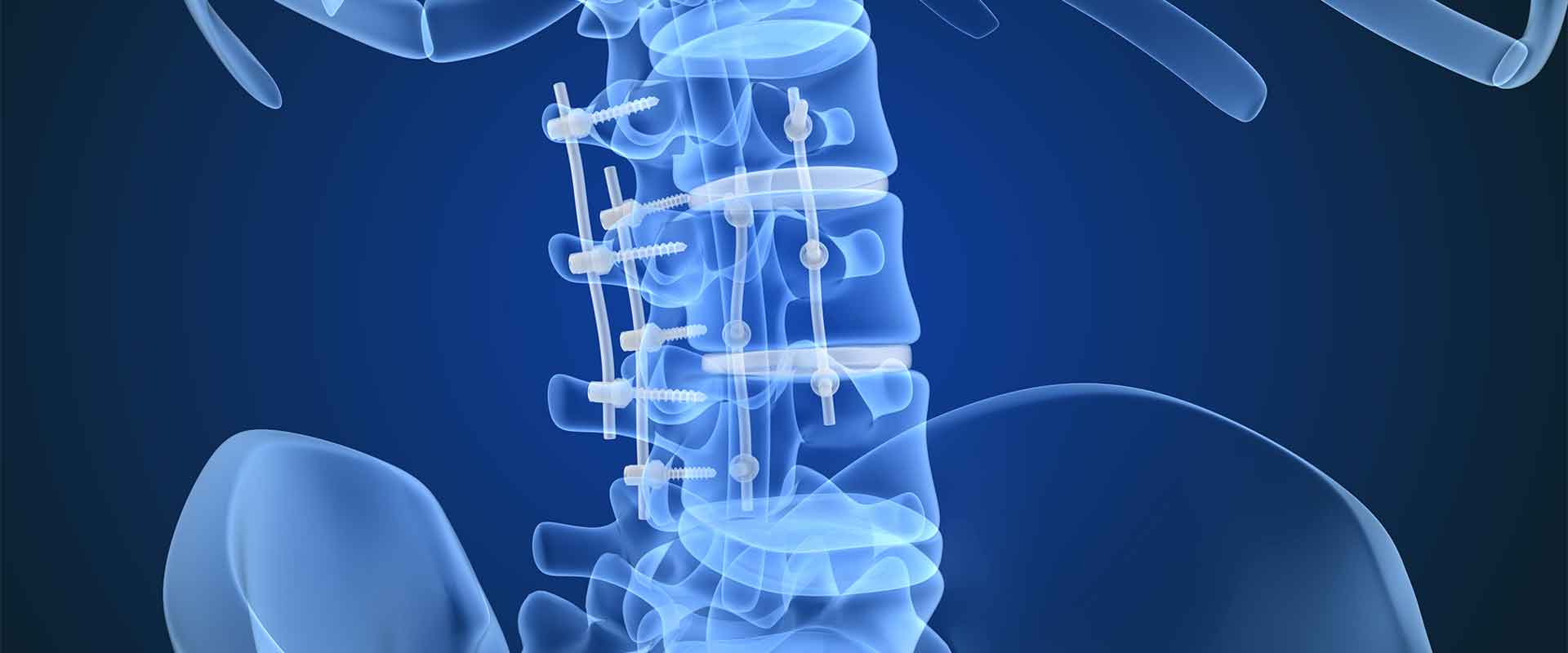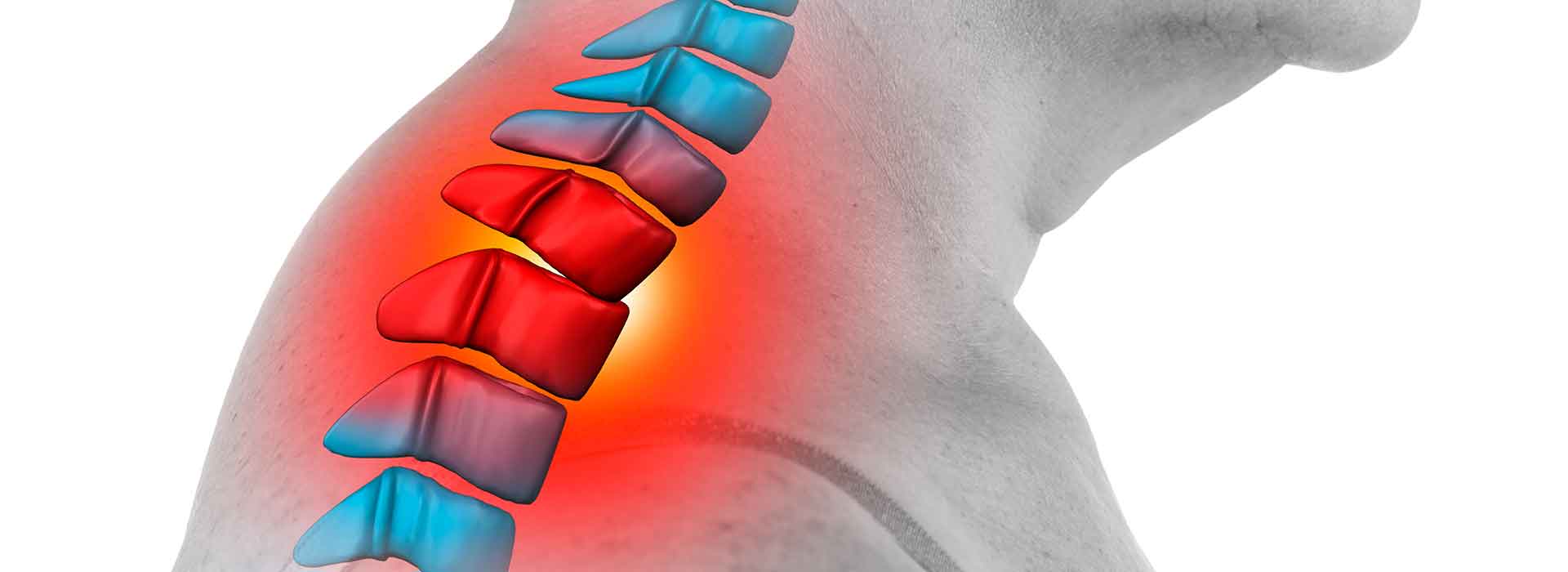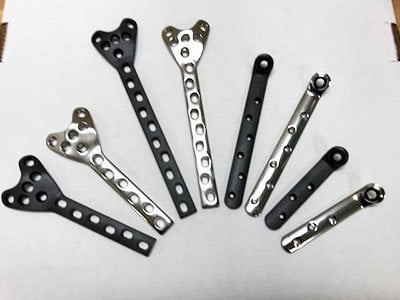The biomaterial battle of PEEK vs. titanium
In the world of biomaterials, there’s PEEK, there’s titanium, and then there is everything else. Both PEEK and titanium have proven their effectiveness in a variety of medical applications. This has led to some debate over which is the more promising biomaterial, and as the U.S. medical device market was valued at $155 billion in 2017 (according to the International Trade Administration’s data), there’s a lot at stake.
Where the debate is coming from
PEEK has been utilized as a biomaterial since the 90s, and since its introduction to the medical community, it has been extremely successful. One of the areas it has gathered the most traction is with spinal fusion procedures as an interbody fusion device. Before PEEK was an alternative for long-term implants titanium was the biomaterial of choice for spinal fusion cages and spacers, but since its introduction, PEEK quickly displaced titanium and is still today the material of choice for the vast majority of spinal fusion cages and spacers.
Before PEEK became the frontline choice for interbody fusion devices, manufacturers relied on titanium to produce the implants. However, PEEK’s advantages were too significant to dismiss, and much of the conversation regarding titanium and PEEK has been framed around interbody fusion devices.
It’s important to note that PEEK is not limited to applications that titanium is also fit for. PEEK can be fabricated into components that would be infeasible to make with titanium. PEEK tubing, for example, can be extruded inexpensively and is an ideal choice for delivering stents or replacement valves in the body’s cardiovascular network. While titanium tubing is also available, it is not as readily or easily fabricated as PEEK tubing. Even if the debate between PEEK vs. titanium persists, PEEK’s future as a valuable biomaterial is certain.
How do titanium and PEEK compare to one another?
Titanium and PEEK are both proven biomaterials, in that they are safe and effective for the applications they are approved for. Beyond that, there are considerable differences in how they perform and how they are processed. Here’s what those differences look like:
1. Flexural modulus – A material’s flexural modulus refers to a material’s ability to resist bending, so in a way, it describes the material’s flexibility. Surgical teams are beginning to realize the value of a flexible biomaterial, especially in orthopedic, trauma fixation and spinal implant applications.
Titanium is a weight-bearing material that trades flexibility for strength. PEEK is much more flexible while still retaining impressive strength. In fact, natural PEEK’s modulus is nearly identical to cortical bone’s modulus, while titanium is much stiffer than bone.
Why is this important? It’s important because native bone needs the stress of weight to heal properly and retain its vital bone mineral density. Because titanium bears a great deal of weight, it effectively robs native bone of this stimulation. Since PEEK bears weight like bone, it does not cause this issue.
This was demonstrated in a study published in the European Spine Journal, which showed that bone subsidence (caving in) rates following a titanium implant were around 20 percent. PEEK’s subsidence rates were less than half of titanium’s.
PEEK’s ability to bend, or flex, move and bear weight like bone makes it a natural choice for any medical application that includes bone tissue, like trauma fixation and joint replacement. Unsurprisingly, research into PEEK is focused on these applications.
2. Radiolucency – Radiolucency is a critical attribute for spinal implants, as clear medical imaging is needed to monitor the device after placement.
Titanium, like most metals, creates image scattering when targeted by X-rays, MRI or CT scans. This interferes with the surgical team’s ability to check for postoperative complications and map out future surgeries, if needed.
PEEK’s pure radiolucency was one of the primary reasons for its adoption as a biomaterial. In its natural form, PEEK does not affect the readability of X-rays, MRI or CT scans, which makes for much more accurate monitoring following placement. Further, PEEK’s radiolucency can be modified with various additives, including barium sulfate. If additional opacity is required during imaging, these additives can provide it with minimal effect on the polymer’s material properties or durability.
3. Processability – Extremely durable metals like titanium are a challenge to produce due to their low thermal conductivity. This places additional wear on machining tools, which can lead to more expensive and slower production.
PEEK is far more cooperative during the conversion process, and though special expertise is required to machine PEEK properly, it can be done efficiently. PEEK’s processing flexibility means it can be produced with extremely tight tolerances, even if the design is complex and intricate.
Although there are options for injection molding titanium, PEEK is ideal for the injection molding processes, and large production runs can be achieved with minimal lead time. There are limits on what can be injection molded but most designs can be injection molded as long as the components are not excessively complex. This can save a medical facility a lot of money with PEEK but there are limited economical alternatives with titanium.
The showdown between PEEK vs. titanium will likely continue for a while as comparison research is in its early stages. What is clear, though, is that PEEK is already outperforming titanium devices in several ways, and this advantage will only widen as designers optimize PEEK even further.




